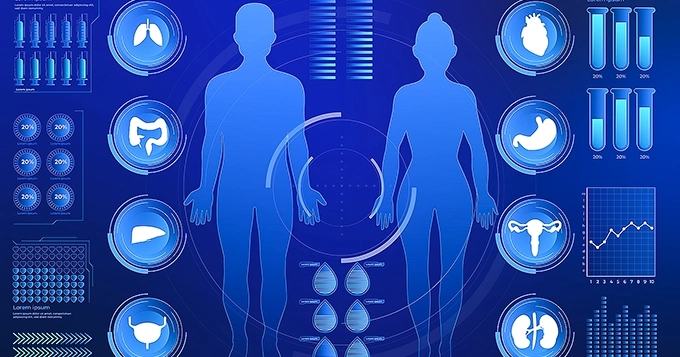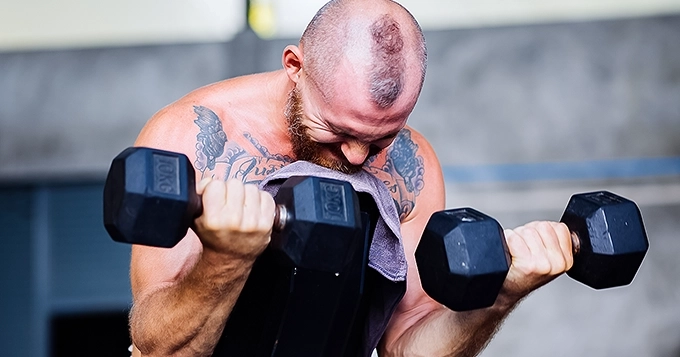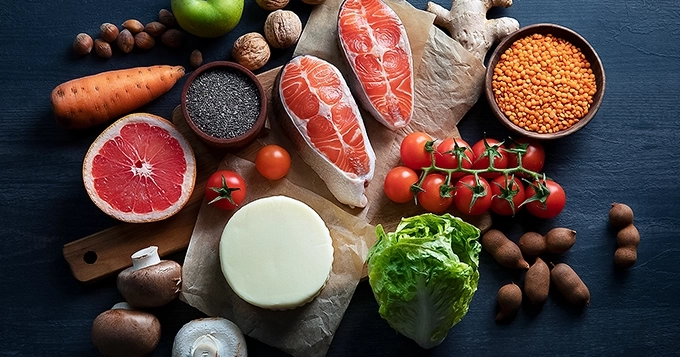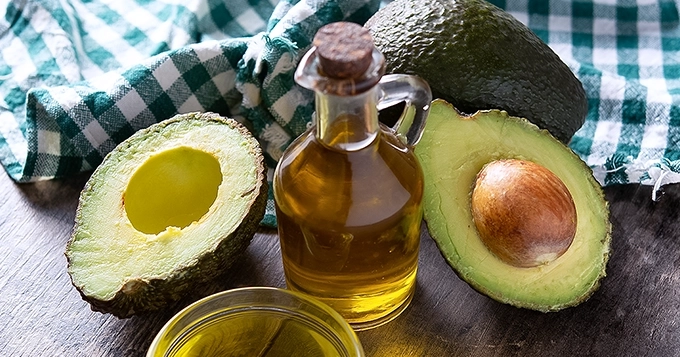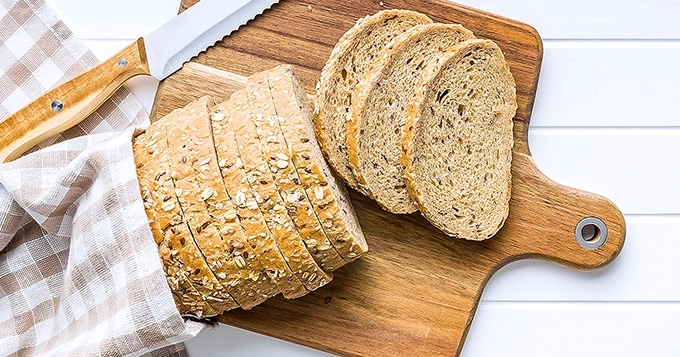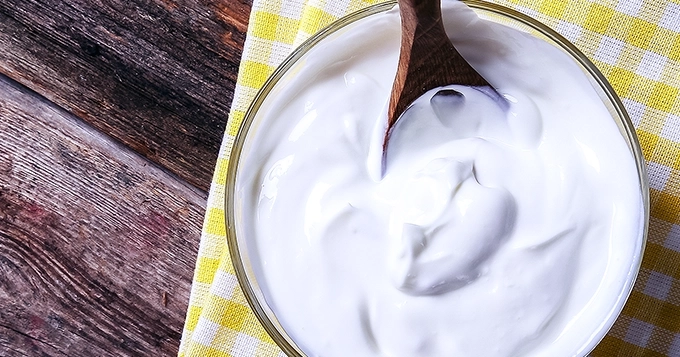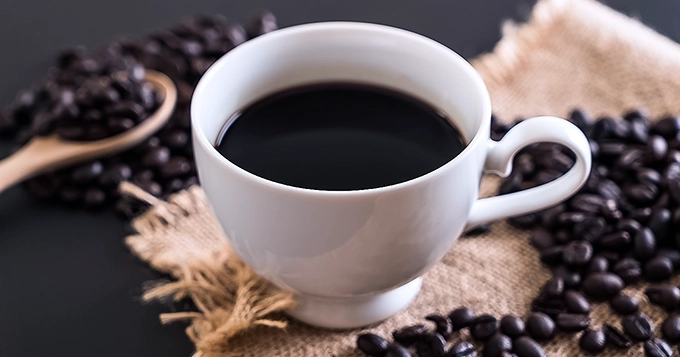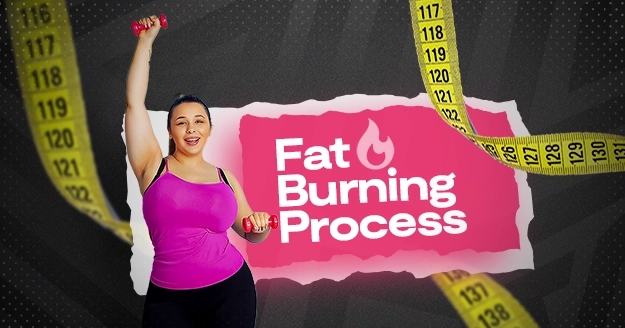The body’s fat-burning process refers to the metabolic activity through which stored fat is broken down and then utilized for energy. While many may associate fat burning with aesthetic goals, such as weight loss or muscle definition, it serves a critical physiological purpose beyond appearance.
Excessive fat accumulation in the body can have detrimental effects on overall health. It’s associated with a higher risk of various chronic diseases, including cardiovascular issues, diabetes, and certain cancers. Additionally, carrying excess weight can strain joints and organs, reducing mobility and functionality.
Given these health risks, reducing body fat is essential for overall well-being.
Kickstarting weight loss requires a combination of the following:
Cardio
One of the best exercise to kick start weight loss is cardio.
Cardiovascular exercises, often known simply as cardio or aerobic exercise, are activities that get your heart pumping and your breath coming quicker. In simpler terms, it’s the kind of exercise that challenges both your heart and lungs, helping them become more efficient at circulating blood and oxygen throughout your body.
Adding cardio to your routine can enhance fat-burning and weight loss. Studies also show that it can reduce belly fat and increase muscle mass.
Experts typically recommend 150–300 minutes of moderate to vigorous cardio per week, or about 20–40 minutes daily.
Examples of cardio include:
- Running
- Jogging
- Cycling
- Hiking
- Swimming
- Dancing
- Climbing stairs
- Playing sports like hockey
- Soccer
- Tennis
- Ice skating
- Basketball
- Doing jumping jacks
- Mountain climbers
- Burpees
- Rowing
- Jumping rope
- Cross-training
- Kickboxing
There are numerous ways for you to get your aerobic exercise in. You can even run around the park with your kids or grandkids.
Strength Training
Another best exercise to kick start weight loss is strength training exercises.
Strength training helps you lose weight and keep it off by building muscle tissue. More muscle mass usually equals a higher metabolic rate. This helps your body burn more fat, which is essential to lose weight and maintain strength.
So, if you build muscle, you can accelerate your metabolism and burn more fat when you work out. Since weight loss entails burning more calories than you consume, increasing your calories will help you lose weight (given you don’t increase your calories).
To maximize the benefits of strength training, you should try to do some strength training for an hour three to five times per week. Unlike cardio, you shouldn’t do strength training every day. A good rule is to rest at least one day between every two days of training. So, if you do strength training, such as lifting weights, on Monday and Tuesday, take Wednesday off before returning to the gym for more weight training on Thursday and Friday.
Be More Active
Leading a physically active lifestyle isn’t solely about intense gym sessions or pounding on the treadmill. In today’s world, where many of us have sedentary jobs and busy schedules, every small effort toward kickstarting your body’s fat-burning process matters. Choosing stairs over lifts, walking a few extra blocks instead of taking the bus directly to your destination, and avoiding prolonged periods of sitting are all valuable steps toward maintaining an active lifestyle.
Find enjoyable activities that you can easily incorporate into your daily routine. Whether it’s dancing, gardening, swimming, or even just playing with your kids or pets, finding activities that bring you joy and align with your schedule can make staying active feel less like a task and more like a seamless aspect of your daily routine.
By making these small adjustments and finding activities you genuinely enjoy, you promote physical health and enhance overall well-being. So, remember, every little effort counts towards leading a healthier and more active life.
Follow a High-Protein Diet
Increasing your consumption of protein-rich foods can potentially curb your hunger and enhance fat burning. Numerous studies suggest that incorporating more high-quality protein into your diet reduces the risk of accumulating excess body fat and obesity. Additionally, research indicates that a protein-rich diet may help maintain muscle mass and keep your metabolism active while losing weight.
Boosting your protein intake may also lead to a greater sense of fullness, decreased appetite, and, ultimately, a reduction in overall calorie consumption – all beneficial for weight loss.
To incorporate more protein into your daily meals, consider adding a variety of protein-rich foods such as meat, seafood, eggs, tofu, legumes, and dairy products like cheese, milk, and yogurt.
Remember, making minor changes to include protein-rich foods in your diet can positively impact your appetite, fat burning, and overall health.
Choose Healthy Fats
Adding more healthy fats, such as monounsaturated and polyunsaturated fats, to your diet can help prevent weight gain. Studies show that following a Mediterranean diet rich in olive oil and nuts leads to better long-term weight loss. Additionally, diets with olive oil are linked to reduced body weight and belly fat.
On the other hand, consuming trans fats, often found in fried or processed foods, can lead to long-term weight gain. Incorporate foods like olive oil, avocado, nuts, and seeds into your diet while moderating your intake. Instead of fried or processed foods, opt for these healthier fat sources.
Eat Whole Grains Instead of Refined Variety
Embarking on a kickstart diet for weight loss can set the tone for a successful journey towards achieving your fitness goals. But an excellent diet for reducing fat doesn’t just involve consuming enough protein and healthy fats.
Reducing refined carbohydrate intake and a healthy diet can aid in losing body fat. Refined grains lack fiber and nutrients due to processing, and their high glycemic index can lead to blood sugar spikes and increased hunger. Studies link diets rich in refined carbs to long-term belly fat gain, while diets high in whole grains correlate with lower BMI and waist circumference. Swap refined carbs like pastries and white bread for whole grains such as quinoa and oats to promote weight loss and overall health.
Add Probiotics to Your Diet
Probiotics, beneficial bacteria in your gut, play vital roles in immunity and mental health. Boosting probiotic intake, either through food or supplements, can enhance fat-burning efforts and support your long-term weight management.
Studies indicate that probiotics significantly reduce body weight, fat percentage, and BMI, especially in individuals following high-calorie diets. Certain probiotic strains, particularly those within the Lactobacillus genus, show promise in aiding weight and fat loss. However, it’s important to note that results can vary between individuals.
Incorporating probiotic supplements into your routine or enjoying probiotic-rich foods like kefir and kimchi offers simple ways to increase your intake and reap their potential benefits.
Add Coffee to Your Diet
You can add coffee to your kickstart weight loss meal plan.
The caffeine in coffee stimulates the central nervous system, elevates metabolism, and facilitates the breakdown of fatty acids.
Moreover, research indicates that caffeine can enhance fat burning, particularly during aerobic exercise, especially among individuals who are untrained or lead sedentary lifestyles.
A comprehensive review of 12 studies found that increased coffee consumption is associated with a reduced risk of obesity, particularly in men. A study involving 2,623 participants also demonstrated a correlation between higher caffeine intake and increased success in maintaining weight loss.
To maximize the health benefits of coffee, it’s advisable to avoid excessive additions of cream and sugar. Instead, enjoy it black or with a modest amount of milk.
